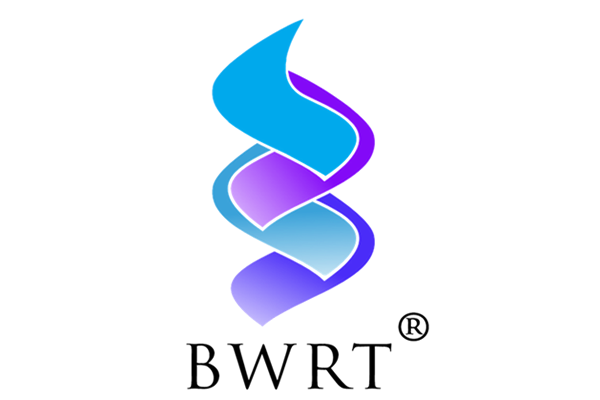Disarm Destructive Anger

What is Destructive Anger?
Destructive anger refers to an intense form of anger that leads to harmful or detrimental consequences. This type of anger often results in negative outcomes, causing damage to relationships, physical harm, emotional distress, or adverse effects on one’s well-being. Here are some key aspects:
- Intense and Aggressive: Destructive anger is marked by an extreme level of aggression, often beyond what’s considered normal in anger responses .
- Negative Consequences: Chronic aggressive anger inevitably leads to harmful outcomes, such as conflicts, ruined relationships, reputational damage, and emotional distress.
- Loss of Control: It involves losing control over one’s emotions, actions, and reactions, resulting in actions that are harmful to oneself or others.
- Steals Attention: Destructive anger robs attention, inhibits self-awareness, and consumes one’s time and energy, affecting decision-making and relationships.
- Variation in Expression: While anger is a normal emotion, destructive anger varies greatly in intensity and expression among individuals, sometimes leading to more severe consequences.
Understanding and managing destructive anger often involve strategies aimed at controlling impulses, developing self-awareness, enhancing emotional regulation, and seeking support or therapy when needed.
What Causes Destructive Anger?
Destructive anger can stem from various factors, contributing to intense and harmful emotional responses. Here are some key causes:
- Underlying Mental Health Conditions: Conditions like intermittent explosive disorder (IED), antisocial personality disorder, borderline personality disorder, or disruptive behavioral disorders may lead to heightened and destructive anger.
- Poor Emotional Regulation: Difficulty managing emotions and impulse control can lead to explosive anger that becomes destructive.
- Unresolved Trauma or Past Experiences: Traumatic events or past experiences, such as abuse, neglect, or witnessing violence, can contribute to deep-seated anger that turns destructive.
- Stressful Environments: Chronic stress, difficult life circumstances, or ongoing conflicts in personal or professional environments can fuel ongoing anger issues.
- Learned Behavior: Growing up in an environment where anger is expressed destructively without healthy coping mechanisms can lead to learned behaviors of managing anger destructive.
- Cognitive Distortions: Negative thought patterns or distorted thinking, where anger is perceived as a valid response or a means of asserting control, can contribute to destructive expressions of anger.
Understanding these causes can help individuals recognise triggers and seek appropriate support, therapy with Kim, or interventions to manage and overcome destructive anger.

Can the Death of a Loved One Cause Destructive Anger?
Yes, the death of a loved one can indeed trigger destructive anger as part of the grieving process. Here’s why:
-
Normal Stage of Grief: Anger is one of the recognised stages of grief proposed by the Kübler-Ross model, often experienced alongside denial, bargaining, depression, and acceptance.
-
Complex Emotions in Grief: Anger is a common and natural response to the intense emotional pain and loss caused by a loved one’s death. It can be directed inward (self-blame) or outward (towards others or the deceased).
-
Reluctance to Accept Loss: Difficulty accepting the reality of the loss or adjusting to life without the deceased can intensify feelings of anger.
-
Prolonged Grief: Sometimes, if anger becomes the primary emotion during mourning, it might lead to prolonged grief disorder, where the grief process is prolonged and disruptive to daily life.
-
Chronic Anger: Anger can persist and become chronic if it is not appropriately addressed within the grieving process, potentially leading to ongoing destructive anger patterns.
The death of a loved one can evoke a range of emotions, including anger, and seeking support or therapy can aid in navigating these complex emotions constructively.


The Disarm Destructive Programme
Week 1: Introduction and Assessment
- Introduction to the programme’s objectives and methodology
- Conduct individual assessments to understand triggers and behavioural patterns
- Understanding the anger response
- Homework.
Week 2: Understanding Anger
- Explore the psychology behind anger: triggers, responses, and effects
- Anger as a Primary emotion; how anger affects our brains and bodies
- Introduce coping strategies and the impact of anger on oneself and others
- Homework.
Week 3: Techniques for Self-Regulation
- BWRT Protocols for Anger
- Encourage identifying early signs of anger and practicing self-calming methods.
- Homework
Week 4: Cognitive Restructuring
- Focus on challenging and reframing negative thought patterns associated with anger
- Implement cognitive strategies to alter perceptions and responses to anger triggers
- Homework.
Week 5: Communication and Assertiveness Skills
- Teach effective communication to express anger constructively
- Encourage assertiveness training to address issues without aggression
- Homework.
Week 6: Consolidation and Future Planning
- Review progress, discuss challenges, and reinforce learned techniques.
- Develop a personalized post-programme plan to sustain progress and prevent relapse.
Each session aims to provide practical tools, therapeutic support, and guidance for individuals struggling with destructive anger, helping them develop healthier coping mechanisms and emotional regulation skills.

